The Queensland Government will fund the $2.7 billion redevelopment of the Gabba while the Federal Government will provide $2.5 billion for the Brisbane Arena development.
Sixteen new or upgraded venues will receive close to $1.87 billion in co-funding on a 50/50 basis between the two governments.
The Palaszczuk Government has unveiled it’s plans for a major revitalisation of Woolloongabba and The Gabba Stadium including an active travel corridor to South Bank and the CBD.
Under plans released today, the Gabba Stadium will be fully demolished and rebuilt and will anchor major urban renewal including delivering more housing including social and affordable housing.
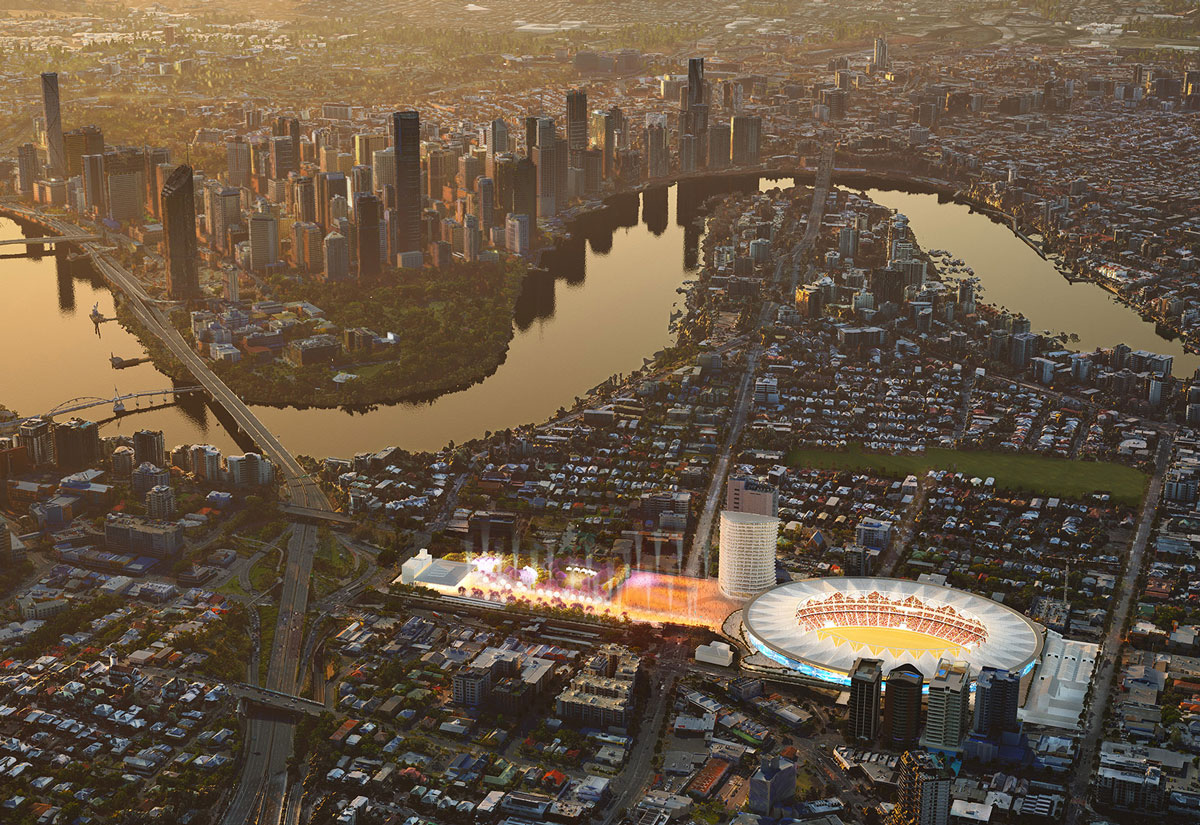
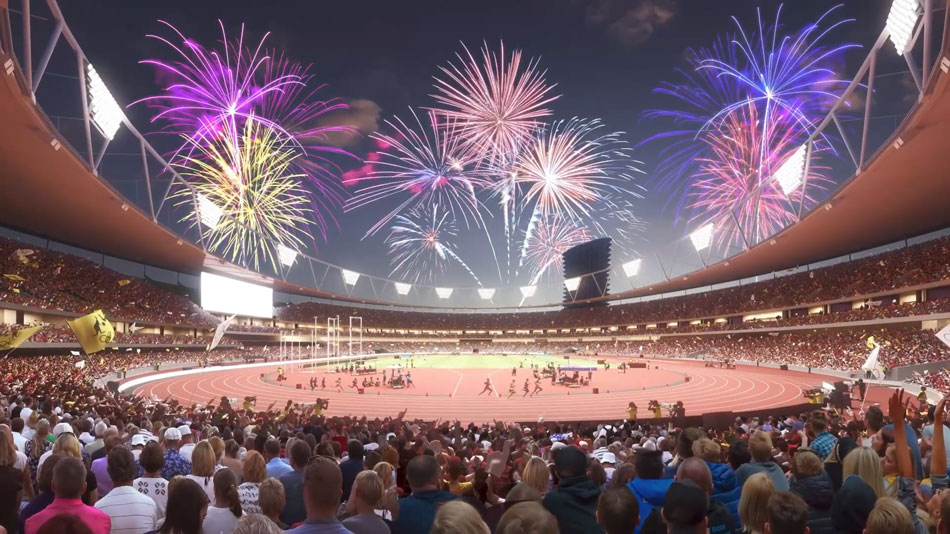
The current Woolloongabba Priority Development Area will be expanded to encompass more of Woolloongabba and the Stanley Street precinct to South Bank.
Along with connecting Cross River Rail and the Brisbane Metro, it will deliver a walkable connection to South Bank and Brisbane CBD via Brisbane City Council’s new green bridge.
The $2.7 billion Gabba Stadium redevelopment will see the Stadium fully demolished and rebuilt, with improved disability access and better transport connection.
According to the Government, given the complexity of building on a constrained site, completely rebuilding the Gabba is cheaper than trying to bring it to a truly accessible, modern standard.
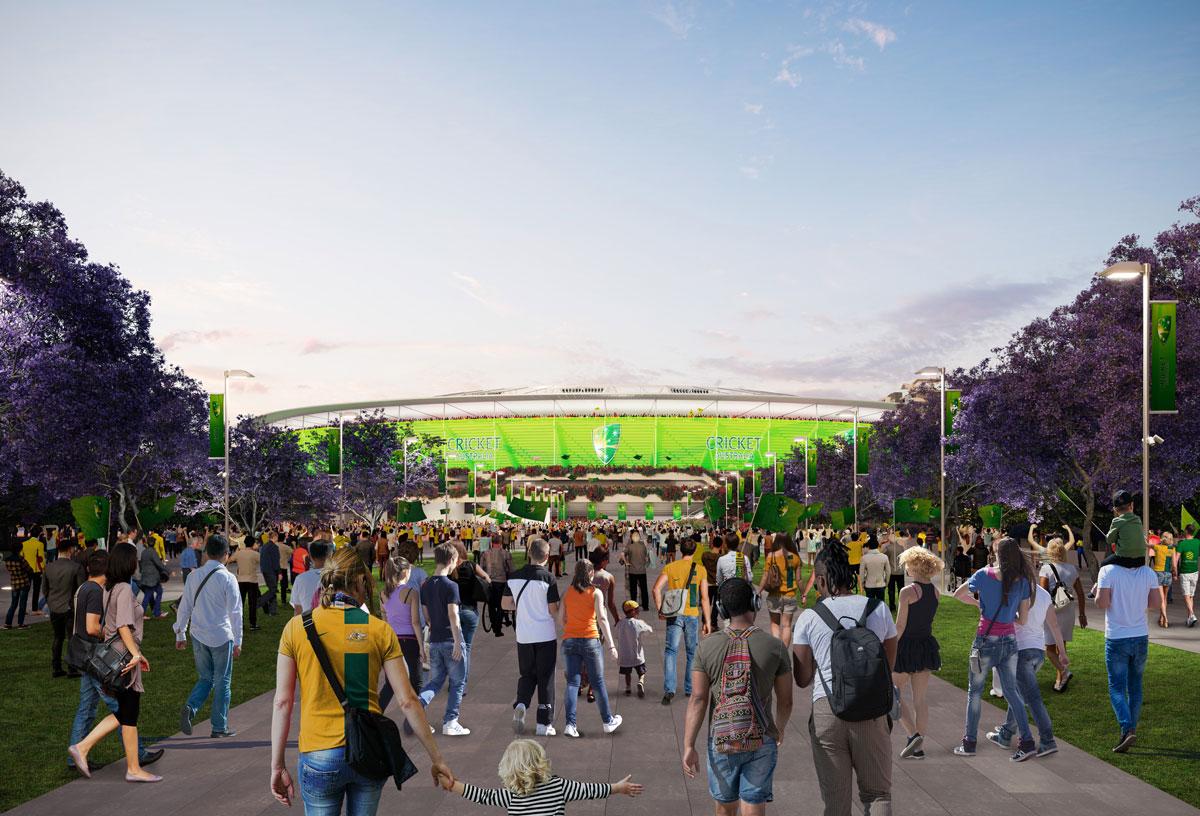

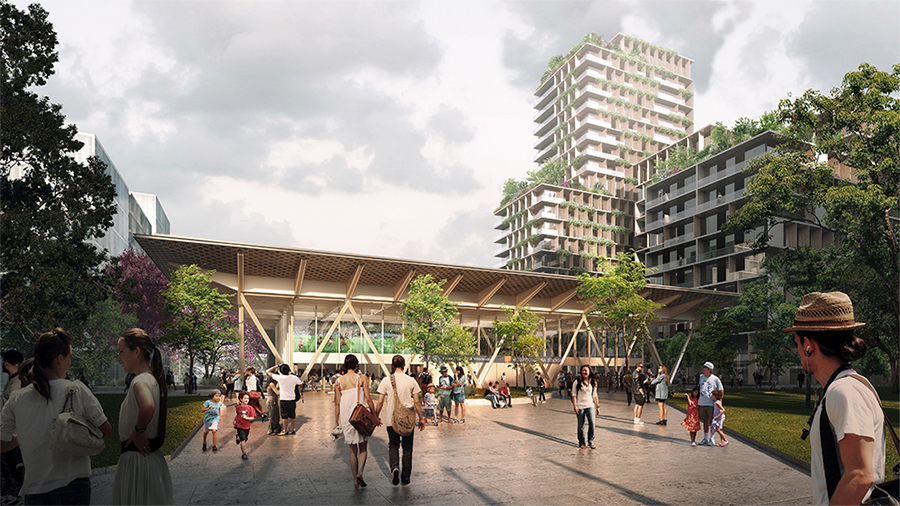
The new Gabba will include a pedestrian walkway linking the stadium to the new Cross River Rail station and future Metro station, via a bridge over Main Street, providing greater accessibility for those with all levels of mobility, making it one of the most accessible stadiums in the country.
The current Stadium is nearing the end of its life and the redevelopment will support the long-term professional sport, community and entertainment needs of the city before and after 2032.
East Brisbane State School will not be able to continue at its current location beyond December 2025. Community consultation on several options will now begin, including relocating the school to new facilities at a nearby site.
The Gabba redevelopment
- Four options were considered which included variations of full demolition and rebuild, refurbishment of the existing stadium, and partial demolition and refurbishment.
- Given the complexity of building on a constrained site, completely rebuilding the Gabba is cheaper than trying to bring it to a truly accessible, modern standard
- This option provides the best value for money. It also achieves the Government’s aims including being a catalyst for neighbourhood renewal and investment, ability to attract and host world-class events, enabling operational optimisation to support economic resilience, and importantly, enhancing user experience.
- This option also makes The Gabba fully compliant with the requirements of hosting Brisbane 2032 events.
- The Gabba redevelopment will mean better spectator viewing, more seats, deliver better accessibility, improved and future-proofed digital connectivity, sport and spectator facilities for all genders, purpose-designed access to new transport infrastructure, and increased comfort for spectators and athletes, including more roof coverage to protect sports fans from the elements.
- The redevelopment includes:
- Changeroom facilities for female athletes
- Larger entry concourses for general admission
- Lifts and escalators
- Range of dining options and member spaces, including kitchens and food and beverage outlets and a general store
- Merchandise stores
- Media facilities
- Team facilities with direct access to pitches and practice wickets
- Construction contingency
- Targeted 6-star green star rating
- The heritage buildings within the East Brisbane State School will be refurbished and repurposed and integrated into the operations of the Gabba Stadium.
- With the preferred redevelopment option confirmed, the Queensland Government will continue with finalising the Project Validation Report.
- A competitive tender process with the market is expected to commence in the second half of 2023 at which point a final design process for the Gabba will get underway.
- Construction is likely to take four years from 2026 and be ready for use by 2030.
Woolloongabba PDA
- The current Woolloongabba Cross River Rail Priority Development Area (PDA) will be expanded to encompass more of Woolloongabba and the Stanley Street precinct to South Bank,
- A PDA is a proven planning pathway for resolving complex planning and development matters that unlock value for the surrounding communities.
- Importantly, the process will involve community consultation in preparation of a development scheme for the expanded PDA.
- There is a process to be followed under the Economic Development Act which the department has commenced, including the preparation of an interim land use plan and revised PDA boundary.
Brisbane Live
Meanwhile, the Commonwealth Government will fully fund the new Brisbane Arena, also known as Brisbane Live with $2.5 billion in federal funds.
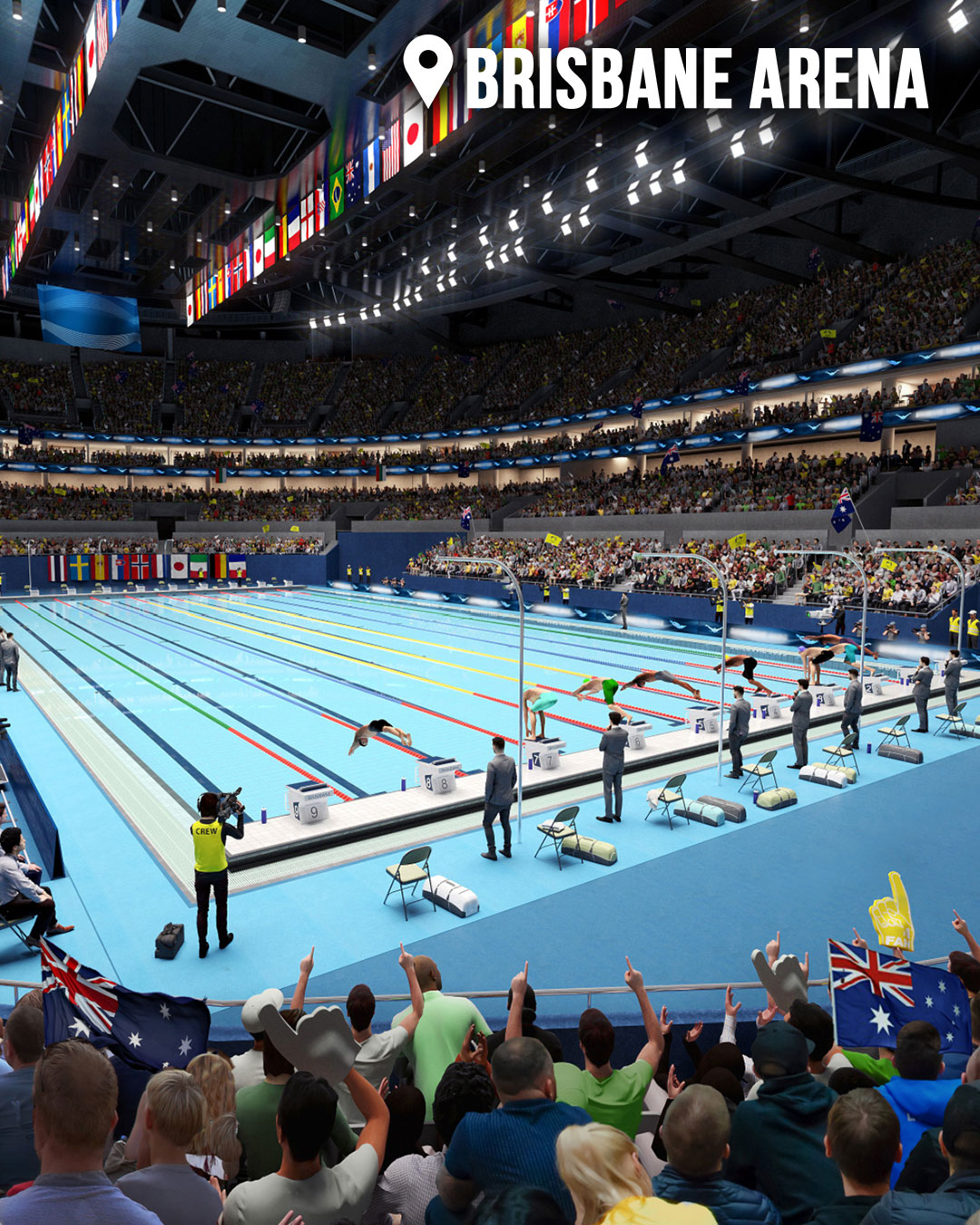
Following an assessment of the possibility of constructing the 17,000 seat arena on the premises of the Queensland Police Service headquarters, the government has resolved to have it built in the original proposed location above the railway tracks and Cross River Rail’s new underground station.
The arena will host Olympic and Paralympic swimming, and water polo finals, completing the list of venues that will put 16 Olympic sports within walking distance of each other.
Prime Minister Anthony Albanese said the 2032 Olympic and Paralympic Games will be the largest event that’s ever been held in Queensland.
“The Australian Government has worked cooperatively with the Palaszczuk Government to secure infrastructure projects that will have a long-term and transformational impact on Queensland as we count down to 2032.”
“My Government is ensuring that every dollar that is invested has lasting benefits, not just for Brisbane but for all Queenslanders and all Australians.”
Premier Annastacia Palaszczuk said it is important to remember no project is built solely for the few weeks of Games competition.
“For example, the Gabba has hosted sport for more than a century and is home to cricket and AFL most weeks of the year,” the Premier said.
“It must be upgraded to maintain our competitiveness for international sport and events.
“Brisbane Arena will provide a new indoor entertainment centre – something Brisbane’s CBD has not had since the demolition of Festival Hall in 2003.”
Federal Infrastructure, Transport, Regional Development and Local Government Minister Catherine King said the projects will be fiscally responsible and are in accord with the International Olympic Committee’s ‘New Norm’.
Deputy Premier Steven Miles said the Games are forecast to deliver $8.1 billion in economic and social benefits to Queensland and more than $17.6 billion to Australia.
“Queensland’s population is booming, and the Games legacy will be infrastructure to cater for this growth and ensure our Queensland lifestyle in the coming decades.
“Infrastructure like Brisbane Arena and The Gabba have benefits that reach far beyond the next nine and a half years, delivering jobs and investment.
“The Gabba revitalisation will transform Brisbane providing an opportunity for more housing and an active travel corridor to South Bank and the CBD.”
The Australian and Queensland Governments are also investing in the SEQ City Deal which will deliver social, environmental and economic benefits for communities in the region and support the delivery and legacy of the Brisbane 2032 Olympic and Paralympic Games.
Read more Brisbane 2032 Olympic related development news stories here.


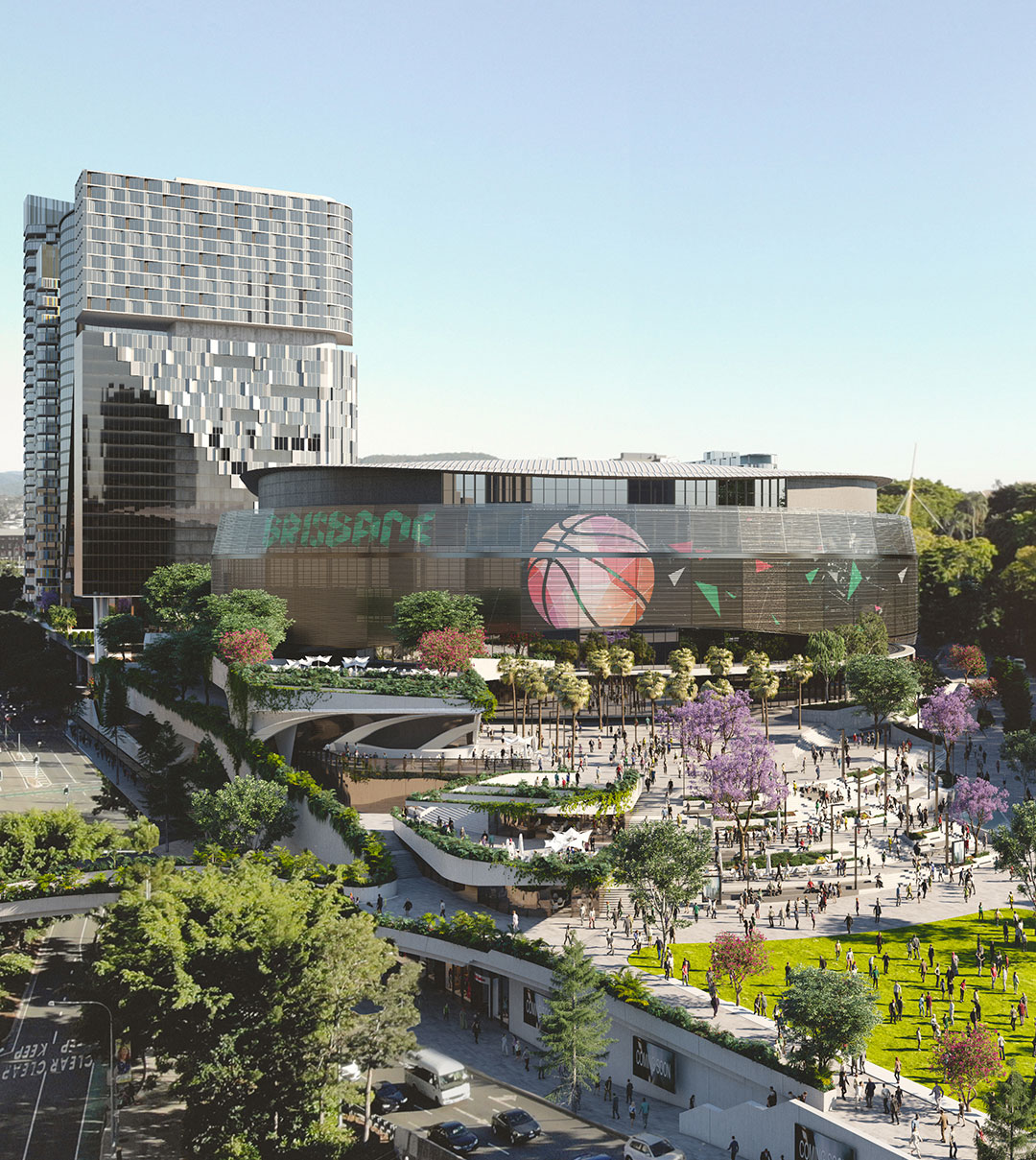

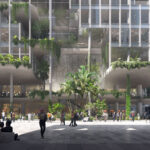

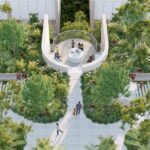
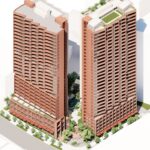


.